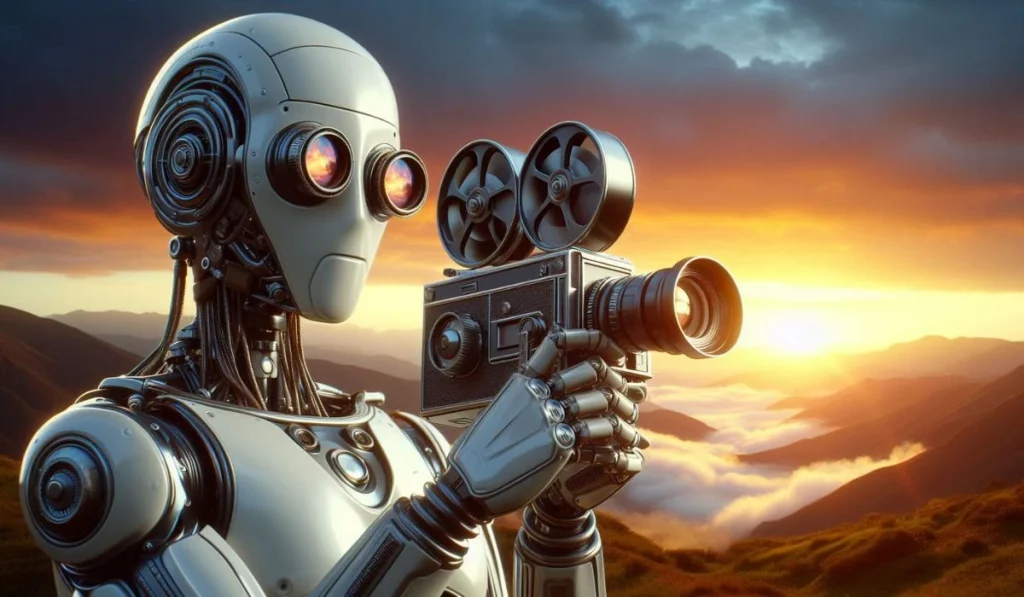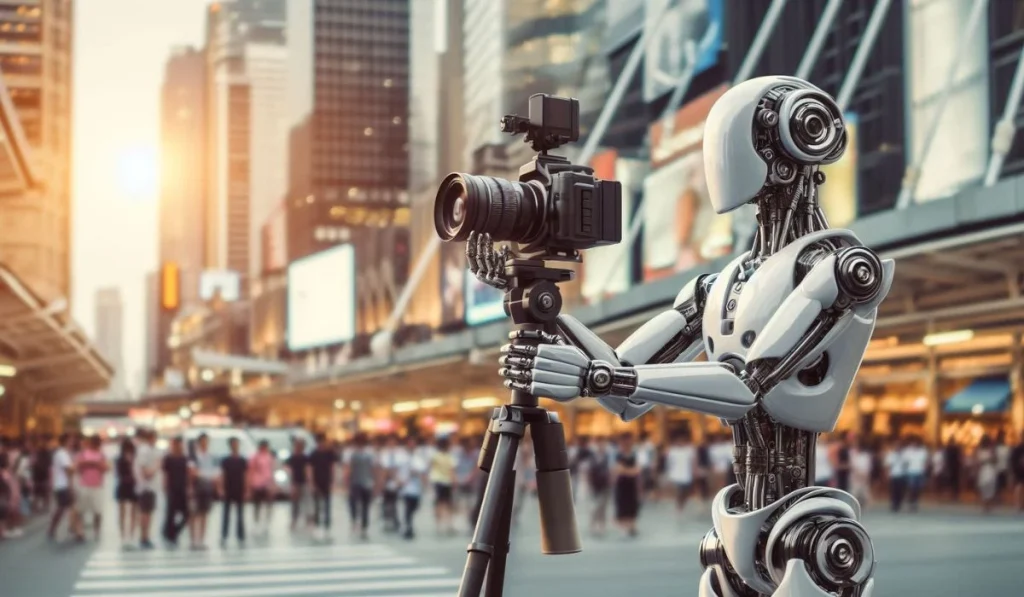Key Takeaways:
Artificial intelligence startup OpenAI has released the first-ever music video produced by its text-to-video AI model Sora.
The two-and-a-half-minute video, created for the song titled “World Weight” by indie artist August Kamp, features a compilation of dream-like sequences showing a world where humans, animals, and extraterrestrial beings can live in harmony.
The visuals reminiscent of the vibe of electronic music included surreal landscapes, a giant crystal in a garden, psychedelic glowing plants, and grainy footage of underwater coral reefs.
OpenAI’s Text-To-Video Model Sora Debuts First Video Song
The video, which can be viewed on OpenAi’s YouTube channel, embodies Kamp’s creative vision for the song by translating her ideas into captivating scenes.

The artist who was granted early access to the model, alongside other creative professionals, is enthusiastic about its ability to bypass the limitations of traditional video production.
While sharing the clip on her social media pages, Kamp wrote that the tool lets her visualize images that she had been holding onto for years.
OpenAI first showcased Sora in February as an AI-powered video generator that can produce multiple video shots that are longer than a minute from nothing more than simple and understandable text prompts.
After its announcement, there were questions asked about Sora’s ethical and legal aspects, such as what kind of data was used to train the algorithm, copyright infringement, and its chances of replacing creative jobs.
Similar questions were asked about the Microsoft-backed startup’s other models like chatbot ChatGPT and text-to-image generator DALL-E.
Sora Slated for Public Release Before the End of the Year
In an interview with The Wall Street Journal last month, the company’s chief technical officer Mira Murti said Sora was trained on “publicly available data and licensed data”, but she didn’t know if that included videos sourced from platforms like YouTube, Instagram, and Facebook.
When inquired about the model’s potential impact on the filmmaking and creative industry, Murati reiterated OpenAI’s way of getting early feedback from a select group of testers. She said the company wants members of the film industry and other global content creators “to be part of informing how we develop it further”.
While no official dates have been announced yet, the OpenAI CTO has hinted at a potential public release for Sora later this year. The company’s CEO, Sam Altman, also indicated their plans to unveil several new models in 2024 but did not specifically mention Sora.
OpenAI isn’t the only one building text-to-image generators. Firms like Runaway, Pika Labs, and Viggle are also making strides in the same field by making their models more refined and user-friendly.
OpenAI’s main rival Midjounrney is reportedly working on developing its text-to-video generator, which could also be released later this year.
For artists like Kamp, Sora could produce a video that is reminiscent of how the song has always looked in her mind. “That’s what I think is special about this tool. I get to share what was once locked behind my shut eyes – all alone,” she wrote in an Instagram post.
With the public release of Sora expected before the end of the year, we are now on the brink of a new era in the creative industry.
More News: What Is Artificial Intelligence And How Does AI Work?
